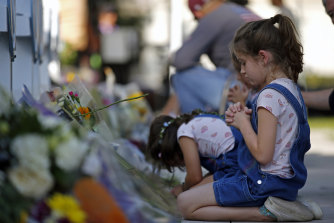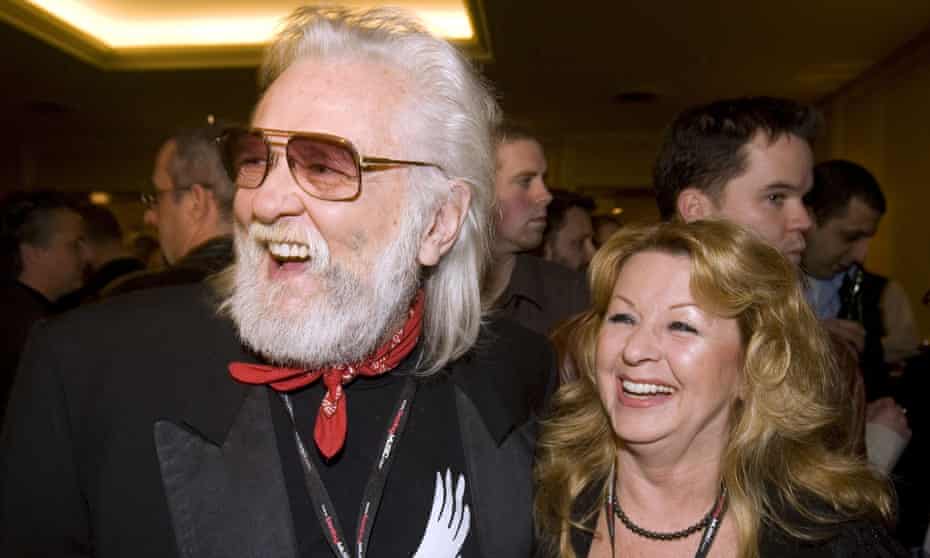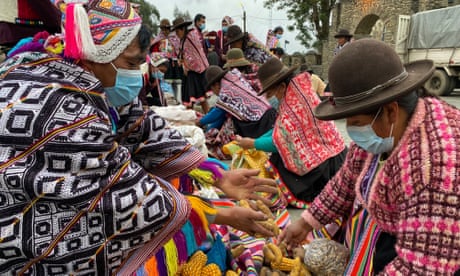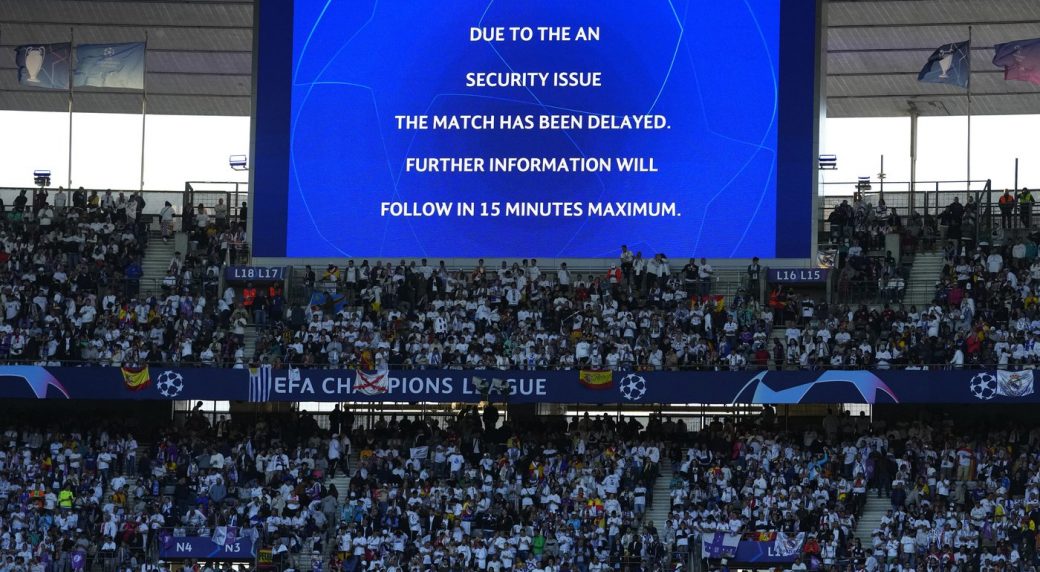Andrea Sterzuk, Professor of Language and Literacies Education, University of Regina -
The Conversation
Since the Russian invasion of Ukraine, the number of people studying Ukrainian globally via the language learning app Duolingo has grown: figures from March 20 showed a 577 per cent increase.
In Canada, there is also new interest in learning Ukrainian.
As solidarity with Ukraine grows, Canadians may be curious to know more about the history of Ukrainian-language schools in Alberta, Saskatchewan and Manitoba, spanning roughly 125 years.
Ukrainian-language education in the Prairies has been shaped by national, provincial and territorial policies. In Canada’s settler colonial context, these policies have shifted over time in how they accommodate, marginalize and privilege settler languages other than English.
Colonial settlement
Following Canadian Confederation in 1867, interconnected approaches and policies were consolidated and developed to displace Indigenous Peoples from their lands. Canada used dispossession to make the territory that would become Alberta, Saskatchewan and Manitoba available for European settlement.
As historian James Daschuk explains, “clearing the plains,” entailed using starvation against Indigenous people to clear the way for settlement.
In 1876, Canada passed the Indian Act, designed to assimilate and control First Nations.
After the Red River Resistance of 1869-70, the Manitoba Act transferred land from the Hudson’s Bay Company to the Dominion of Canada.
The Canadian government created a system called Métis scrip to provide Métis families already living in the area with titles to their lands (land scrip) or money in exchange (money scrip). The process was slow, complicated and served to extinguish Métis title to land.
Métis scrip commissions coincided with the numbered treaties (1871-1921), which pertained to lands from Lake of the Woods in the east to the Rocky Mountains in the west, and to the north, as far as the Beaufort Sea.
Read more: Let Indigenous treaties -- not the duty to consult -- lead us to reconciliation
In this era, as historian Kenneth Taylor notes, Canadian immigration law was “explicitly racist in working and intent”: it discouraged and prohibited non-white and non-European immigration in several ways.
The 1910 Canadian Immigration Act provided the Ministry of the Interior with the authority to ban entry of people of any race “deemed unsuited to the climate or requirements of Canada.” Immigration officials used this section to limit Black settlement in the Prairies. Prior to this policy, roughly 1,500 Black settlers moved to the Canadian Prairies and research has documented long Black community histories and ongoing presence there.
While there were well-established Chinese communities in British Columbia prior to 1923, and Chinese immigration to the prairies between the 1870s and 1923. Widespread Asian immigration to the prairies did not happen until the 1960s due to to federal legislation including 1908 amendments to the Immigration Act and exclusionary 1923 amendments to the Chinese Immigration Act.
While the promotion of Eastern European immigration was not without some controversy, the recruitment of these early “agricultural immigrants” became government practice.
Canada opened the door to the first wave of Ukrainian settlement in 1890.
400 Ukrainian schools
Ukrainians arriving during this period were pushed out of Ukraine by overpopulation, poverty and foreign domination, and pulled to Canada by the prospect of what Canada billed as free farm lands and jobs.

© (BiblioArchives/Flickr)Poster advertising free farms of 160 acres for settlers in Manitoba, Canadian North-West (present-day Alberta and Saskatchewan) and British Columbia, from circa 1890.
At the time of this wave of settlement, western Ukraine was part of the Austro-Hungarian Empire. Ukrainians from Galicia, Bukovyna and Transcarpathia were officially called Ruthenians in the Austro-Hungarian Empire.
From their arrival, Ukrainians directed most of their organized effort to maintaining their language. By 1915, there were roughly 400 Ukrainian schools in Western Canada.
‘Laurier-Greenway Compromise’
How were Ukrainians able to create Ruthenian bilingual schools and teacher training programs?
An 1896 agreement for bilingual schooling in Manitoba called the Laurier-Greenway Compromise holds part of the answer.

© (R-A7229/Provincial Archives of Saskatchewan)Ukrainian or central European farm family in front of their barn, seen circa 1910 in Saskatchewan, location unknown.
This regulation stated that when there were 10 or more students who spoke French or another language, the school could provide instruction in a language other than English. This policy made it possible to establish Ukrainian bilingual schools in Manitoba, and influenced their creation in Saskatchewan and Alberta too.
Teacher shortages
Another reason for the creation of Ukrainian schools was a teacher shortage in Ukrainian districts. Historian Orest T. Martynowych explains that English-speaking teachers were unwilling to work in Ukrainian communities due to “prejudice, a sense of cultural superiority and more lucrative positions elsewhere.”
To address the shortage, the provincial governments assisted young Ukrainian men in qualifying as teachers. The Ruthenian Training School opened in Manitoba in 1905 and operated for 11 years. Similar programs opened in Saskatchewan in 1909 and in Alberta in 1913.
In Manitoba, the province also produced a Ukrainian bilingual school textbook called the Manitoba Ruthenian-English Reader.
As historian Cornelius Jaenen notes, the success of bilingual Ukrainian education programs angered influential members of society who wanted schools to assimilate immigrants towards building an English-speaking Prairies.

© (BiblioArchives/Flickr)
‘Enemy aliens’
The outbreak of the First World War in 1914 further threatened these programs as Eastern Europeans fell under surveillance and suspicion. The issue of bilingual schools became mixed up with the question of “enemy aliens,” which included people from Germany, the Turkish Empire, Bulgaria and the Austro-Hungarian Empire.
The same year, the government of Alberta declared itself opposed to bilingualism in its school system.
By 1916, the option for bilingual schooling was also removed in Manitoba. Saskatchewan waited until 1919 to introduce a regulation naming English as the sole language of instruction.
English-only status quo
For the next 50 years, the Prairie provinces maintained an English-only status quo, resulting in considerable language shift in Ukrainian and Francophone communities and many other immigrant language communities also.
During this time, 66 Indian residential schools operated in Alberta, Saskatchewan and Manitoba under federal responsibility. First Nations children were taken from their families to attend these institutions and forced to learn English, systematically resulting in Indigenous language loss.
As a result of Métis scrip, many Métis people were living on road allowances, settlements they created on unused portions of Crown land. There, multilingual Métis people maintained community languages, including Michif and other Indigenous languages. Between the 1920s and 1960s, however, provincial governments forcibly dispersed these communities, introducing a period of rapid language shift to English.
Ukrainian children were often not permitted to speak Ukrainian at school. Adults faced workplace discrimination and many Ukrainians anglicized their family names.
New era of bilingual Ukrainian schooling
In 1969, Canada introduced the Official Languages Act, and the Multiculturalism Policy followed in 1971. Soon, the Prairie provinces’ education acts were changed to allow languages other than English to be used for instruction in schools again.

© THE CANADIAN PRESS/Sean Kilpatrick
These developments led to a new era of Ukrainian bilingual Prairie schools. In 1974, advocates established a bilingual Ukrainian program in Edmonton. In 1979, programs in Manitoba and Saskatchewan classrooms followed.
Today, Ukrainian bilingual programs are once again found in school divisions in all three provinces. Ukrainian learning opportunities also include heritage language classes for children (Ridna Shkola), summer camps, preschool programs (Sadochok) and adult language classes.
As Canada begins to receive displaced Ukrainians, Ukrainian language education programs can help bridge communication gaps.
Laws, culture and languages
Language policies and language-in-education policies shape the ability of individuals, families and communities to maintain minoritized languages. When languages are under-protected by policy — or intentionally attacked through cultural genocidal policies, as in the case of Indigenous languages in Canada until recently — language loss is difficult to prevent.
Confronting settler colonial legacies is a reminder of why the Truth and Reconciliation Commission of Canada urgently advocated policy to bolster Indigenous language resurgence.
In the case of the Ukrainian language, today’s programs exist due to changes in federal policies, provincial education act amendments and the hard work of Ukrainian Canadian communities who have maintained their language despite many obstacles.
This article is republished from The Conversation, a nonprofit news site dedicated to sharing ideas from academic experts.
Read more:
How heritage language schools offered grassroots community support through the pandemic












